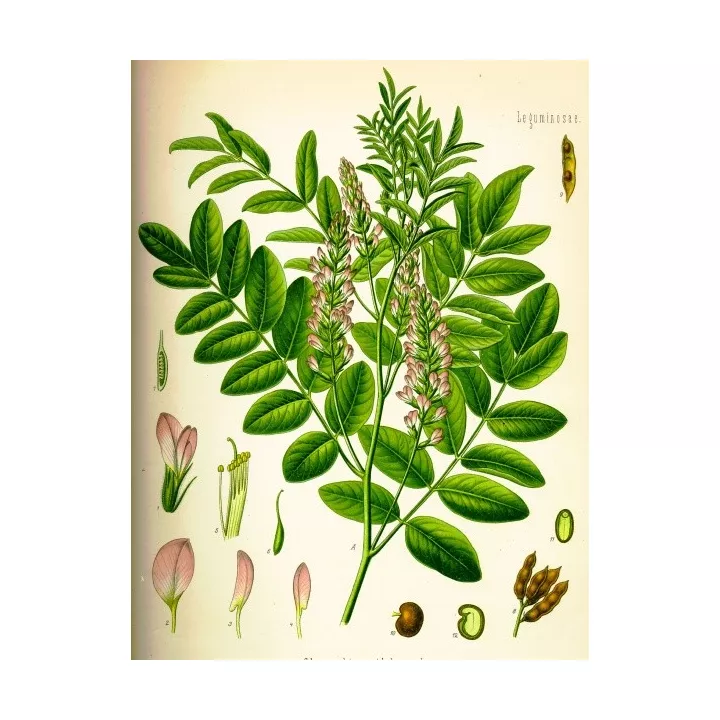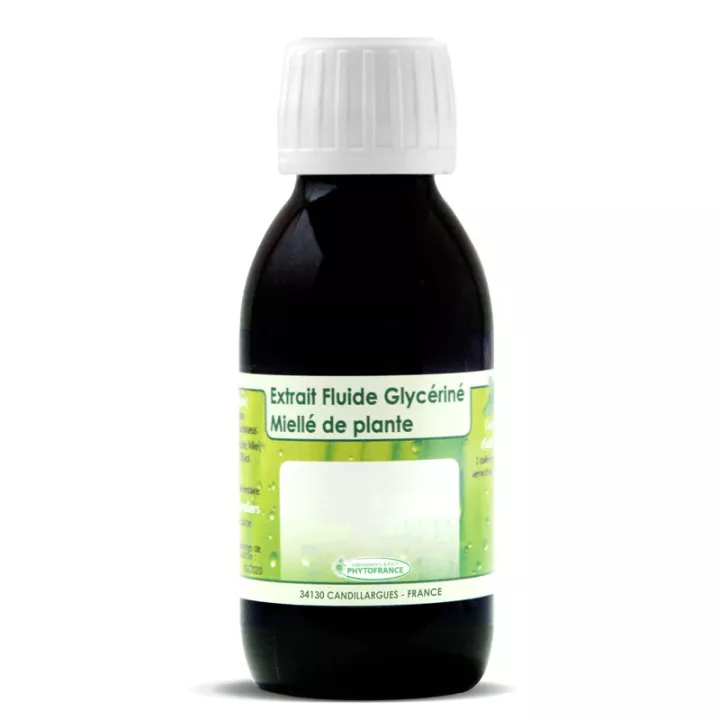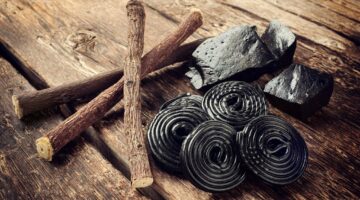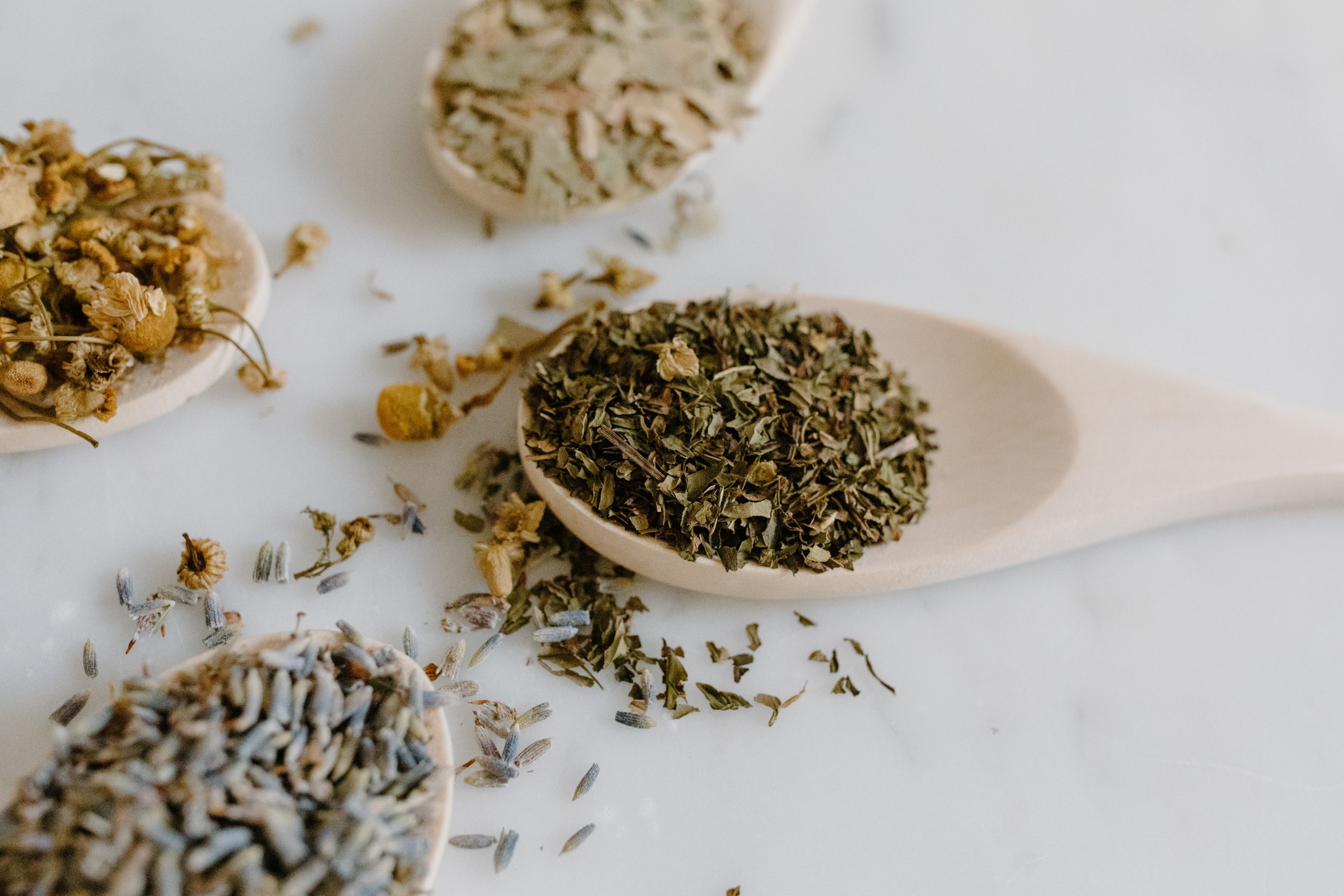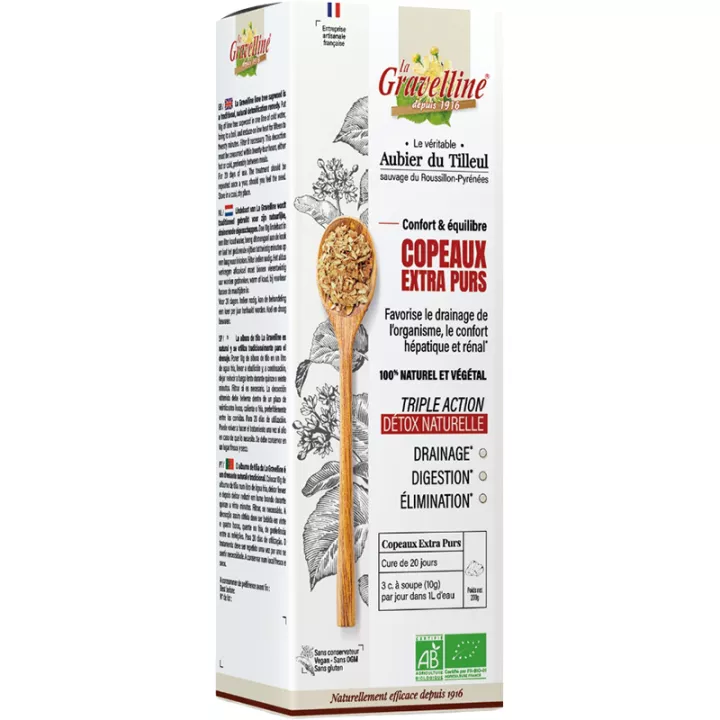What is licorice used for?
Licorice, known scientifically as Glycyrrhiza glabra, is a plant whose roots possess powerful therapeutic properties. It is widely recognized for its ability to boost the immune system. Indeed, licorice helps strengthen the immune system, which is crucial for fighting viral and bacterial infections. This is mainly due to its richness in saponosides and flavonoids, which play an essential role in activating immune cells.
Licorice is also effective in aiding digestion. It helps improve intestinal function by promoting mucus secretion, which protects the gastric mucosa and aids digestion. Its anti-inflammatory action is particularly beneficial for soothing stomach irritations and combating problems such as gastritis and ulcers, often caused by Helicobacter pylori infection. Thanks to its ability to balance intestinal flora, licorice contributes to harmonious digestion, reducing bloating and abdominal pain.
Licorice isn't just about digestive health. It also plays an important role in maintaining joint and bone health. Its anti-inflammatory properties help relieve joint pain associated with arthritis and other inflammations. By inhibiting inflammation mediators, licorice can reduce painful symptoms and improve mobility. What's more, its components, such as glycyrrhizic acid, help strengthen bones, reducing the risk of fractures and bone disease.
Another essential aspect of licorice is its positive impact on respiratory health. As an expectorant, it helps to clear the respiratory tract, facilitating the expulsion of mucus. This is particularly useful in cases of asthma or bronchitis, where mucus build-up can cause significant discomfort. Licorice's antiviral properties can also help fight respiratory infections, reducing symptoms associated with colds and flu. Its ability to soothe throat irritations makes it a popular remedy for sore throats.
Licorice's benefits are therefore varied and extend to many aspects of health, making it indispensable for those seeking to improve their day-to-day well-being. The use of licorice, whether in the form of raked roots or extracts, can thus be easily integrated into a natural health regime.
The Iphym laboratory also offers Meadowsweet Cut Sommité at the best price in our online pharmacy.
How to use this plant
Licorice can be used in a number of ways, depending on your needs. For dysmenorrhea, maceration of 10 g per liter of water for 5 hours is recommended, with consumption of 250 to 750 ml per day. For its anti-ulcer properties, it is also used orally, providing relief from digestive disorders. As anexpectorant and cough suppressant, it soothes coughs and clears the respiratory tract, making breathing easier.
Give your opinion on licorice usage advice and dosage with our partner Verified Reviews after your purchase.
Precautions for use :
It is essential to observe certain precautions when using licorice. It is contraindicated for people under 18, as well as during pregnancy and breastfeeding. Individuals suffering from hypertension, heart or kidney disease, as well as those with liver problems or impaired hydroelectric balance, should avoid its use. In the case of cancer or hormone-dependent diseases, licorice is also not recommended.
It is crucial not to combine it with certain medications, notably diuretics, antihypertensives, anticoagulants and other treatments that could disrupt electrolyte balance. To ensure safe use, it is advisable to consult a doctor or pharmacist before taking any product.
What does it contain?
- Latin name: Glycyrrhiza glabra L.
- Family: Fabaceae
- Common names : Sweet wood, Sweet wood, Sweet root
- Parts used: Ragged root
- Origin: Europe
- Active ingredients: Alkaloids, saponosides, flavonoids, isoflavonoids, beta-sistosterols, polysaccharides, salicylic acid.
The root contains starch, sugars, coumarins, sterols, asparagine, triterpenoids, isoflavones, including liquiritin, and saponosides, including glycyrrhizin. In all, licorice root contains over four hundred chemical constituents.
Presentation: This product is available in different quantities: 50 g, 100 g, 250 g or 1 kg, to suit your specific needs and consumption pattern.

